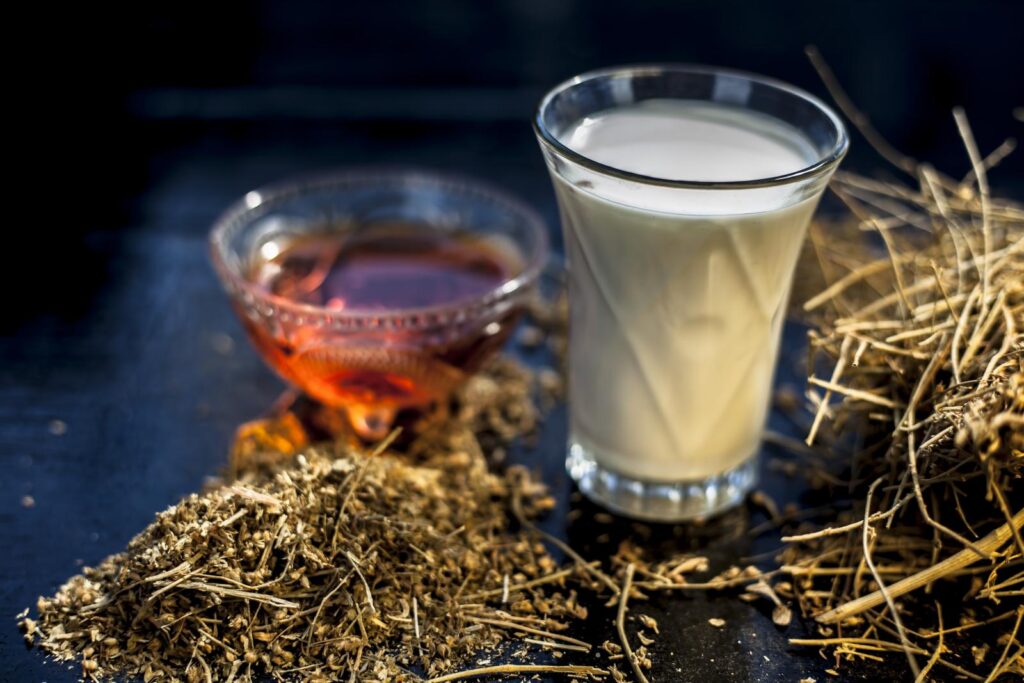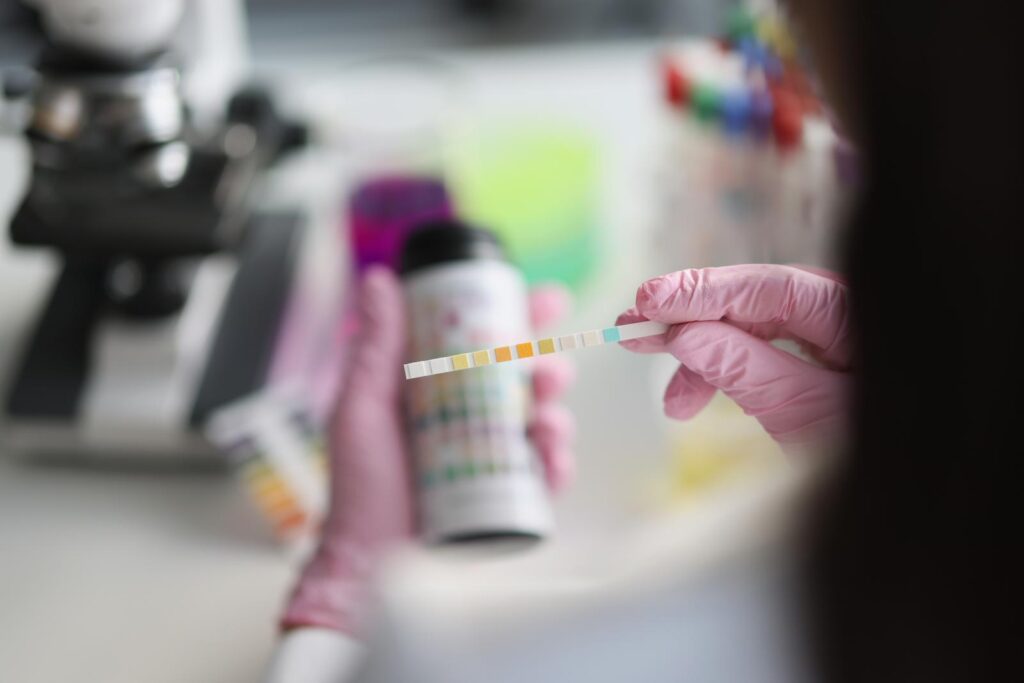My previous post was about benefits of using honey and lemon. Now it is time to talk about ages old wisdom of using honey and milk. Honey, jam-packed with antioxidants and antibiotic properties, and Milk, bombarded with calcium, proteins, and lactic acid, imagine when combined, what kind of a powerful duo will they make.
This is such a superior duo that many researchers have recommended the use of this in our everyday lives for many reasons, and I am here today to educate you on those beneficial points.
Stay tuned till the end to find out all I know about Honey and Milk, and there is a little surprise for you in the end!
Let me tell you what each of these contains to make it this special. Honey, which is famous for its healing properties, is not only an antioxidant and fights bacteria, it is full of vitamins, minerals, antioxidants, amino acids, and a lot more wonders.
Milk, on the other side, is full of calcium, Vitamin D, phosphorus, and amino acids. When all of these come together, they create such a majestic combination that quenches all the thirst for nutrients your body could have. It not only heals your body but also helps it grow.
Now that you know what Honey and Milk contain, let’s look at the benefits they hold for your body.
- Improves bone strength: In research, it is proven that since milk contains calcium and some concentration of phosphorus, it helps strengthen our bones and reduces the risk of bone fractures and osteoporosis. Honey also plays a pivotal role by having anti-inflammatory and antioxidant properties.
- A miracle for insomniacs: there are many experiments and studies that back this concept up that consuming honey and milk 30 minutes before bedtime can actually improve sleep quality. In another experiment, it was concluded that people who had a glass of honey and milk before bedtime took less time to fall asleep compared to others.
- Beneficial for cardiac patients: In a study, it was concluded that people who have a heart problem can actually benefit from honey in milk. However, this is only going to work if we use whole milk instead of skimmed milk. It contains potassium that helps regulate blood pressure. Studies have also shown that honey helps reduce the bad cholesterol in our blood and due to its anti-inflammatory properties, the heart benefits from it.
- Can improve skin and hair: Honey and milk are both beneficial for good skin and hair. When used as a face mask, this duo can help reduce acne scars, dullness, acne, tan, wrinkles, and open pores. It helps give you a youthful glow with a radiant face. When used as a hair mask, it can help reduce dullness, dryness, and split ends. Your hair will start to feel softer and lighter. Now who wouldn’t want all these? All you have to do is grab these two ingredients and cast the spells as instructed online.
It is safe to say that honey and milk have been a part of our ancestral medicine and pharmacy. They have played an essential role in the Ayurveda and other cultural traditions that still exist up to date. However, it must also be kept in mind that “Less is More”.
We must not consume them in such abundance that they go up to the level of toxicity in our bodies. Here are some of the major drawbacks of consuming too much honey and milk:
- Not suitable for lactose-intolerant people: as magical as it seems, this powerful duo cannot be consumed by people who are intolerant to lactose as milk contains lactose. Not only will this adversely affect their health, but also has major health drawbacks for them.
- Health issues: since honey is considered to be a natural sweetener, consuming too much of it may lead to diabetes or severe diabetic conditions. It may also lead to several heart and liver problems that are boosted by consuming honey and milk too much.
- Skin problems: no matter how good it sounds, you can not fix your skin in a day or two by over-taking honey in milk. Having too much of it may lead to skin diseases like Rosacea, and severe acne.
- Is not suitable for toddlers: I know it sounds so promising to use these for infants and help them grow better, but it is to be noted that honey is not okay to be consumed for children under 12 months old. Honey contains a bacteria that is responsible for infant botulism, which is another type of food poisoning that can be dangerous, and even fatal.
- HMF: when warming up the honey, it may help boost the formation of HMF (Hydroxymethylfurfural). This is a compound that leaves a positive as well as a negative impact on one’s body and we do not want to have more of the negative impacts by consuming more of the Honey and Milk duo.
Everything looks good when it is on the screen, however, it gets difficult when we have to make real-life choices. It is important that we use the correct raw, unfiltered honey for better results.
Moreover, we must also choose the correct variety of milk and definitely the one that would have the most nutrients packed in it and is less processed. For instance, you may use almond milk as a perfect substitute for the milk we have that is not vegan and has lactose.
Now, the surprise! Do you know that there is a myth that honey turns toxic when consumed warmly? Let me pop the bubble to you! Honey does get toxic to consume if heated directly, however, it will have its properties enhanced when mixed with warm milk.
So, the problem lies in heating honey which breaks the bonds the enzymes have and they form another type of structure that is poisonous to consume for humans. There is no harm in adding it to warm liquids at all! Now that you know, you better know what to do and what not to do, right?
I hope this blog post was informative to read. See you all with another amazing blog post soon. Stay tuned and do reach out to me in the comments section below if you have to.
If you have enjoyed reading this, you may also like to explore my posts on benefits of raw and unfiltered honey and using ginger with honey.


